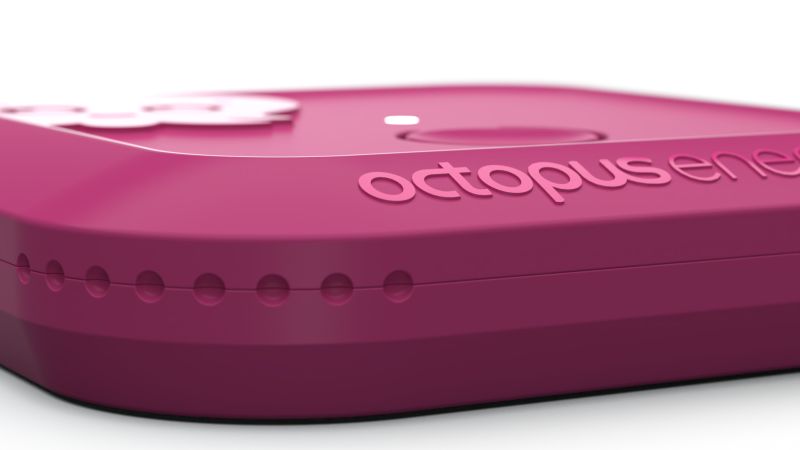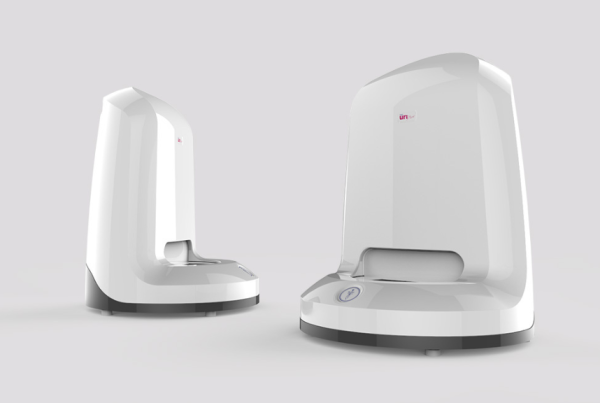In the world of product design, the premium market stands as a bastion of innovation, quality, and unparalleled user experience. It’s a realm where design isn’t just about aesthetics; it’s an intricate dance of functionality, exclusivity, and emotional resonance.
But what truly sets high-end products apart? Let’s delve into the art of designing for the premium market, exploring key factors that elevate a product from ordinary to extraordinary.
The Essence of Premium Design
-
Quality and Craftsmanship – The Bedrock of Premium Design
At the heart of premium products lies exceptional quality and craftsmanship. It’s about selecting the finest materials and paying meticulous attention to every detail. For instance, the iconic Swiss watches are not just timekeeping devices; they are masterpieces of precision engineering and craftsmanship, often hand-assembled with utmost care.
-
Innovative Functionality
Premium products often pioneer innovative features. Apple’s iPhone, for instance, revolutionised the smartphone market with its user-friendly interface and advanced features. It’s not just about adding more functions; it’s about enhancing user experience through innovation.
-
Emotional Durability in Design
Beyond these tangible aspects, there’s an intangible yet crucial factor: emotional durability. This concept revolves around creating products that forge a deep, enduring emotional connection with the user.
-
Storytelling in Design – Narratives that Resonate
Every premium product has a story. Take the Fracino Aston Range, a high-end espresso machine developed in collaboration with 4D Products. This machine isn’t just about brewing coffee; it’s a narrative of superior British engineering, innovation, and a commitment to coffee culture. Its design process, as highlighted in the case study, was meticulous, involving extensive research, concept development, and user testing, ensuring that every aspect of the machine resonates with its target audience.
-
Tailor the Experience for Personalisation and Exclusivity
Personalisation is a cornerstone of premium design. Luxury cars, for example, offer bespoke options, allowing customers to tailor their vehicles to their personal tastes. This level of customisation enhances the emotional bond between the product and its owner. Like with one of our recent projects when collaborating with Rezzil. The concept design phase for this project focused on varying ways you could attach a controller to the users foot. It meant we had to think about how we would tailor the accessory to how the consumer would move whilst wearing it.
-
Sustainable and Ethical Practices
In today’s market, ethical and sustainable practices are increasingly important. Brands like Patagonia, known for their high-end outdoor clothing, set themselves apart through their commitment to environmental sustainability and ethical manufacturing. This approach not only appeals to consumers’ sense of responsibility but also adds an emotional depth to the product.
-
Aging Gracefully – Designs that Last
Premium products are designed to age gracefully. The patina of a high-quality leather bag, for instance, tells a story of its journeys and experiences, adding to its character and emotional value over time.
-
Crafting for Generations
Products designed to be passed down as heirlooms carry a sense of legacy. High-end jewellery or timepieces, often seen as family heirlooms, are treasured not just for their material value but for their emotional significance and the stories they carry.
-
Meeting the Premium Standard of Consumer Expectations
Consumers of premium products have high expectations. They seek exclusivity, unparalleled quality, and a product that speaks to their identity and values. Understanding and meeting these expectations is crucial for success in the premium market.
-
The Role of Brand Identity – More Than a Product
Premium brands are not just selling products; they’re selling a lifestyle, an ethos. Brands like Rolex don’t just offer watches; they offer a symbol of success and sophistication.
-
The Experience Beyond the Product: Crafting Customer Delight
For premium products, the customer experience extends beyond the product itself. It includes personalised customer service, exclusive packaging, and an overall experience that makes the customer feel valued and special.
So, there you have it…
Designing for the premium market is a complex yet rewarding challenge. It requires a blend of quality, innovation, and a deep understanding of the emotional connection between the product and its user. From the storytelling embedded in the Fracino Aston Range to the sustainable practices of Patagonia, each element plays a vital role in crafting a product that’s not just used but cherished. In the end, it’s about creating something that stands the test of time, both in quality and in the hearts of those who use it.












